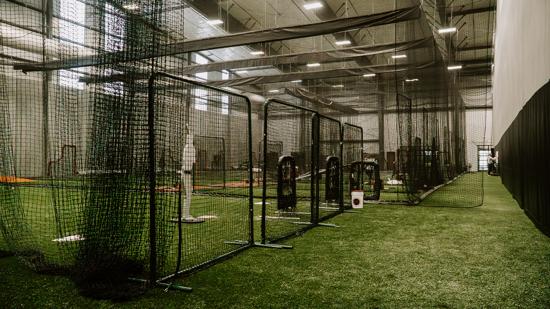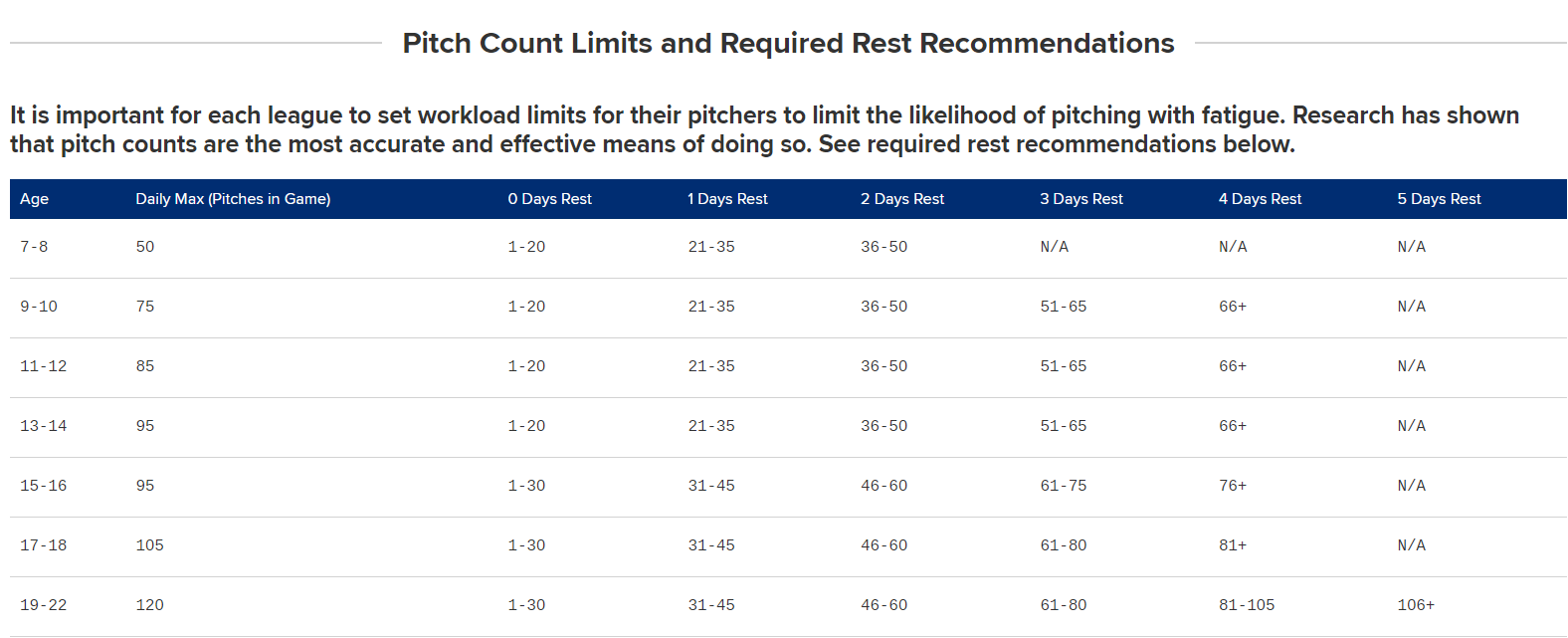Every so often, a journalist gets a premier opportunity for an article dropped in front of them. That happened this year, when MASH Campus opened its brand new facility in Savage, Minnesota – just a short drive away from me.
MASH’s new campus, which greatly expands upon their previous location in nearby Eagan, establishes MASH as one of—if not the—premier player development facilities for baseball players in the upper Midwest. MASH trains hundreds of athletes—upwards of a thousand in the winter—for all ages and all skill levels. From kids not yet old enough for little league to current and prospective D1 athletes and beyond, MASH and their new warehouse are the top of the line when it comes to training the next generations of baseball talent.
Which is exactly what I wanted to explore. What does a training regiment for high school and collegiate talent look like? How does a modern training facility utilize analytics and modern technology? How do coaches and trainers balance maximizing performance and managing the health and condition of adolescents?
To answer these questions, I visited MASH, toured the facility, and sat down with MASH’s Director of Baseball Steve Butler, and Director of Pitching Weston Germain to uncover what the future of player development holds.
Health
Let me put a pin in talking about MASH to talk about player health.
It is no secret that Major League Baseball is facing a crisis regarding player health. While pitchers are not throwing complete games off three days’ rest anymore, the increased pressure on pitchers to maximize their stuff has led to a sharp increase in pitching injuries.
The most feared injury in pitching is the dreaded UCL tear. While not the most severe injury—innovations and optimizations have led to UCL surgery being far from career-ending—a torn UCL almost always requires a calendar year on the IL. For a minor leaguer, this is crucial development time they miss while rehabbing an injury. For a major leaguer, it not only hurts the team but poses a threat to that player’s future. If they are in arbitration years or looking to secure their first free agent contract, a UCL injury is devastating to their outlook.
And yet, as players aim to maximize their velocity, it directly risks their arm health. Fastball velocity has dramatically risen since the mid-2000s, and with each tick of velocity added, the risk of Tommy John rises.

Source: FanGraphs
A harder-thrown fastball is almost universally more effective, and thus players will go to lengths to increase their velocity. However, as we have seen this season, this velocity comes with a severe injury risk. Just weeks ago Kyle Bradish went under the knife, and earlier this season both Shane Bieber and Spencer Strider got the dreaded TJ. Take one look at the pitchers who’ve suffered elbow injuries, and it’s apparent that today’s brightest stars burn the fastest:


